Announced in July, Lenovo's Legion Phone Duel is a beast. I feel comfortable saying that, because I can't think of a single spec on this device that's not at the top of its field. It's got a 144Hz OLED display, offering smooth animations that might give you that extra edge in gameplay. It's also got 16GB of RAM and 512GB of storage, which is on par with high-end laptops that I review.
That's not all, of course. It's got Qualcomm's Snapdragon 865+ chipset, which is designed for gaming, and if you're worried about battery life, Lenovo has you covered on that as well. The Legion Phone Duel has two 2,500mAh batteries that can actually charge separately, so it has 90W fast charging.
To be clear, this is a gaming phone, and it's the first time I've reviewed anything like it. It's clear that if you're looking for a great phone with top-end specs, this device might not be for you. You do have to care about mobile gaming to warm up to the Legion Phone Duel.
Specs
| CPU | Qualcomm Snapdragon 865+, single 3.09GHz, triple 2.42GHz, quad 1.8GHZ Kryo 585 |
|---|---|
| GPU | Adreno 650 |
| Display | 6.65 inches, 2340x1080, 19.5:9, AMOLED, 144Hz |
| Body | 169.17x78.48x9.9mm, 239g |
| RAM | 16GB LPDDR5 |
| Storage | 512GB UFS 3.1 |
| Battery | 5000mAh (2500mAh *2) / AI charging for battery protection |
| Camera | 64MP f/1.89 + 16MP f/2.2 ultra-wide, Front - 20MP f/2.2 |
| Video | 4K - 30fps, Front - 1080p - 30fps |
| Audio | Dual front-facing stereo speakers with Dirac and AWINIC 88264 / Quad-microphone system with Qualcomm Noise Reduction Technology |
| Color | Blazing Blue |
| Price | ~$857 |
Day one
One thing you'll notice is that it comes with two charging cables, both of which are USB Type-C to USB Type-C, and of course, there's a charging brick with two ports. It also comes with a USB Type-C to 3.5mm adapter.
Design
If you're familiar with gaming laptops and their typical flamboyant designs, then you'll notice the parallels in how the Lenovo Legion Phone Duel was designed. There's nothing about this device that looks like a normal phone, and it's hard to mistake it for anything other than what it is.

The glass back is loaded with metallic and holographic finishes. It comes in two colors. This one is Blazing Blue, and the other is Vengeance Red. On the left side of the back, it says "Stylish Outside", and to the right, it says "Savage Inside". Right in the middle is the Legion logo, which actually lights up in red when the device is awake. It also lights up in green when it's charging, and I'd love to see more customization options on the lighting.
It is a bit heavy, of course, coming in at 239g, and it's a bit thick at 9.9mm. That means that it actually weighs over half a pound, and it's not the most comfortable phone to carry around on a regular basis. It's just something to be aware of, but it's what you'll have to sacrifice for top-notch gaming gear.

It's very clearly meant for use in landscape orientation, and that's apparent by the pop-up front-facing camera that comes out of it. In fact, just about everything that's part of the experience can be done in landscape orientation, from the lock screen to the app drawer.
The reason that it's designed like this is because you're going to be playing games in landscape orientation. Not only is there a pop-up camera, but the corners can be used as triggers in games. This entire device revolves around playing games, just as it should.

The bottom of the device (in portrait orientation) looks like any other device, with a USB Type-C port for charging and a nano-SIM slot.

But also, the bottom of the device (in landscape orientation) has another USB Type-C port. You can use either one of these for charging, but you can also use both of them for charging. As I noted above, the charging brick has two ports on it, and it comes with two USB Type-C cables. Using both ports combines for 90W fast charging. Also on that side is the volume rocker.

The power button is actually located on top of the pop-up camera, and it feels a little weird. It's an interesting design choice though. Other smartphones that I've used with pop-up cameras will display a warning message if you try to manually close it, but this one doesn't. That's because you have to press the power button to do it, and when you put the device to sleep, obviously the camera retracts on its own.

One other thing that I want to note about the design is the two cameras on the back. You'll notice that they're just off-centered, but what I love about it is that there's no camera bump. In fact, they're a bit recessed. It's always worth noting when there's no camera bump because it's so rare these days.
Display
The Lenovo Legion Phone Duel has a 6.65-inch 19.5:9 FHD+ 144Hz AMOLED display, and it's absolutely made for gaming. Obviously, it's 1080p instead of 1440p, but for gaming, it's common to sacrifice some resolution for a higher refresh rate. We see it all the time in the world of gaming laptops. In fact, FHD is standard for gaming on 15-inch screens; why wouldn't it be on a 6.65-inch screen? I still challenge anyone that claims to be able to see the difference between 1080p and 1440p on a screen that small.

First of all, high refresh rate displays are awesome, no matter what you're using the phone for. We've seen up to 120Hz with regular phones like the OnePlus 8 Pro and Samsung Galaxy S20+, and it just makes for a smoother all-around experience. With gaming, it's even more important, because it can actually give you an edge in games. That smoother experience will let you see something and react just a few milliseconds sooner, and that can make all of the difference.

Lenovo actually puts a fairly heavy skin on the UI, which is apparent from the icon designs as soon as you start using it. But also, if you swipe down from the top while playing a game, you'll get a gaming dashboard instead of the notification shade. This will give you stats on the CPU, GPU, frame rate, network quality, and more. There's also a stream mode and some other things that you can do in-game.
Another thing that's important is audio quality, and the Legion Phone Duel delivers. You'll notice that it actually has front-facing speakers on either side of the screen, something that I haven't personally seen since the HTC days.
Performance and battery life
Obviously, this is the part that you've been waiting for. Normally, in a smartphone review, I save this part for the end, since with flagship specs, it's pretty much irrelevant. But this isn't a normal phone; it's a gaming phone, and performance absolutely matters.
As you can probably guess, the performance is amazing. It has the best chipset, the most RAM, the fastest storage, and more. The Snapdragon 865+ is purpose-built with gamers in mind, and it's the best Android chipset available. And as I mentioned at the beginning of this review, 16GB RAM and 512GB of storage are comparable to what you'd find in a high-end laptop; indeed, entry-level gaming laptops only come with around 8GB RAM.
Qualcomm's high-end chipsets have a single prime core, and this one is clocked at 3.09GHz, compared to the 2.84GHz prime core in the Snapdragon 865. It's also got three 2.42GHz cores and four 1.8GHz cores. The company also has its Snapdragon Elite Gaming, which is meant to optimize the chipset for playing games, and OEMs can now offer GPU driver updates through the Google Play Store.
For benchmarks, I used Geekbench 5, AnTuTu, and GFXBench. First up is Geekbench 5, which tests the CPU.
You can compare this to the OnePlus 8 Pro, which got 901 on single-core and 3,318 on multi-core. Of course, that had a regular Snapdragon 865. Next up is AnTuTu, which is an all-in-one test.
These scores speak for themselves, although the OnePlus 8 Pro got 576,696, for reference. But you can see in each category what percentage of other users got lower scores. Finally, GFXBench tests the GPU.
At this point, you might be wondering about battery life. For regular smartphone usage, you'll have no problem getting through a full day on the dual 2,500mAh batteries, and you might even get through two days. Naturally, this can go down depending on how you use the phone. If you're playing graphics-intensive games, that will obviously eat through the battery faster.
Luckily, the Legion Phone Duel has 90W charging, so you can top-up your phone pretty easily. You can also use either port to charge, so if you want to leave it charging while playing, you can stick it in whichever port is more comfortable. Unfortunately, there's no wireless charging, which is a real shame. Personally, I like to have my phone charge throughout the day on a Qi pad while I'm working.
Camera
I saved the camera section for last because frankly, that's not what this phone is about. This wasn't made for smartphone camera geeks; it was made for gamers. That doesn't mean that the camera isn't important. Anyone who buys this is still going to be capturing memories with the included camera, so they're going to want quality.
The rear camera has two sensors, one of which is 64MP f/1.89, and the other of which is a 16MP ultra-wide sensor. You'll notice that the aperture isn't very large, although the sensor size is 1/1.72 inches. It's not very deep though, as there's no camera bump. Video capture features are lacking, as you can only record 4K 30fps on the rear and 1080p 30fps on the front, while the chipset actually supports 8K 30fps or 4K 60fps. In fact, there doesn't seem to be any 60fps setting at all.
Check out some samples. I didn't take too many, as that wasn't my primary method of testing this particular phone.
The camera has a dual-mode that lets you record photos or videos with both cameras. I was a little disappointed that it didn't include any of the things we find on Motorola phones, being that Lenovo owns Motorola. I'd have liked to have seen spot color. All-in-all, the camera is definitely passable, which is what's important.
Conclusion
The Lenovo Legion Phone Duel is a really cool device, and if you're looking for the best in performance, look no further. It's got the best chipset, the most RAM, the most storage, and the best screen. You really can't beat it, especially for under $900, which is what the price works out to when converted.

But that's where problem number one comes in, which is that for such a cool smartphone, it has pretty limited availability. Here in the U.S., I obviously couldn't get 5G, and even 4G seemed a bit shaky. My other issues with it aren't big deals. I'd love to have seen wireless charging, but it does have 90W wired charging. Also, it's a bit big and bulky for my taste, but that's what you get for something so powerful.
It also just looks really cool. This handset definitely stands out from the pack, with its holographic finishes and Legion red lighting. And don't forget that part of that design comes with triggers on the bumpers. Lenovo really put a lot of thought into how to make this the best possible experience for gamers. It's definitely worth picking up if you're looking for a new gaming phone and this is available in your region.




















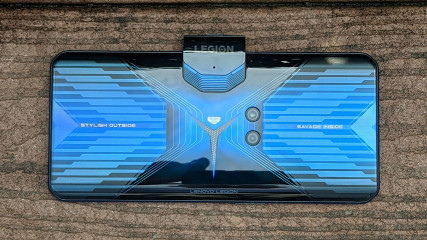
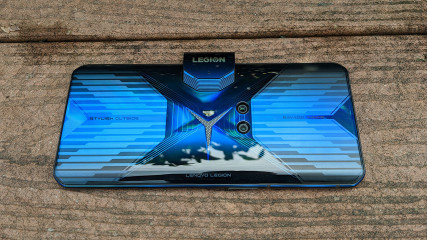
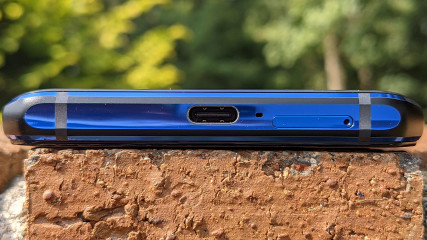
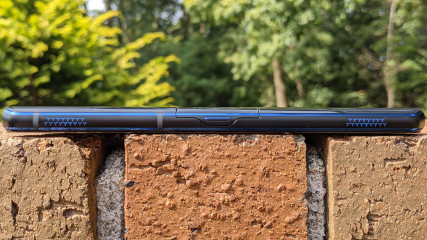
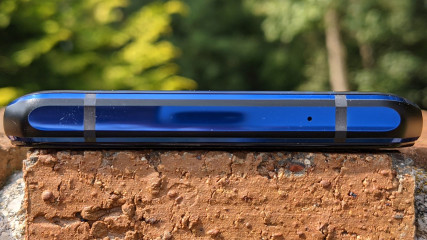
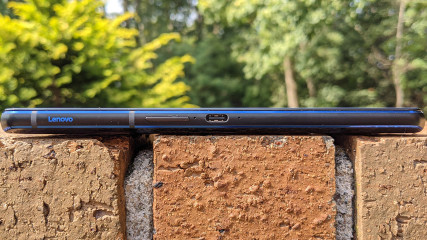
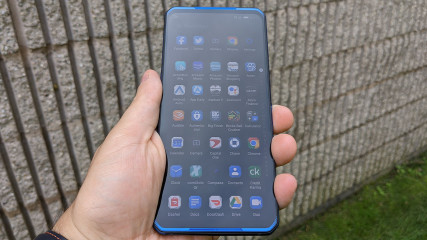

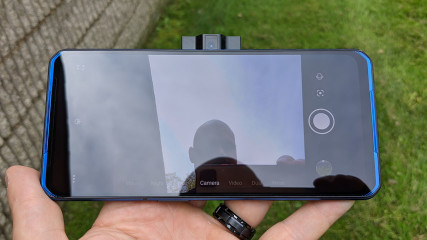
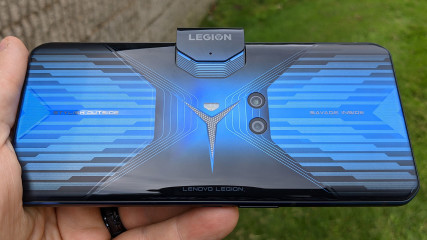
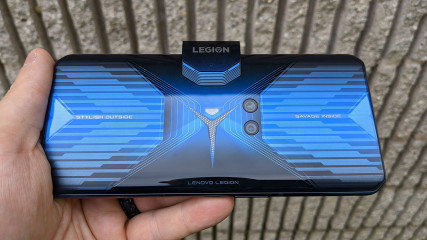
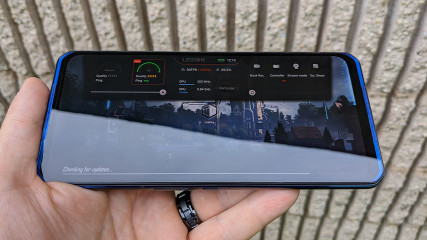
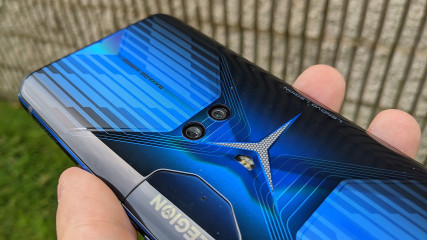
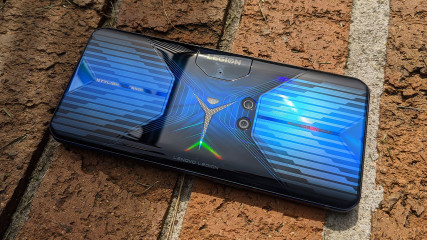








8 Comments - Add comment